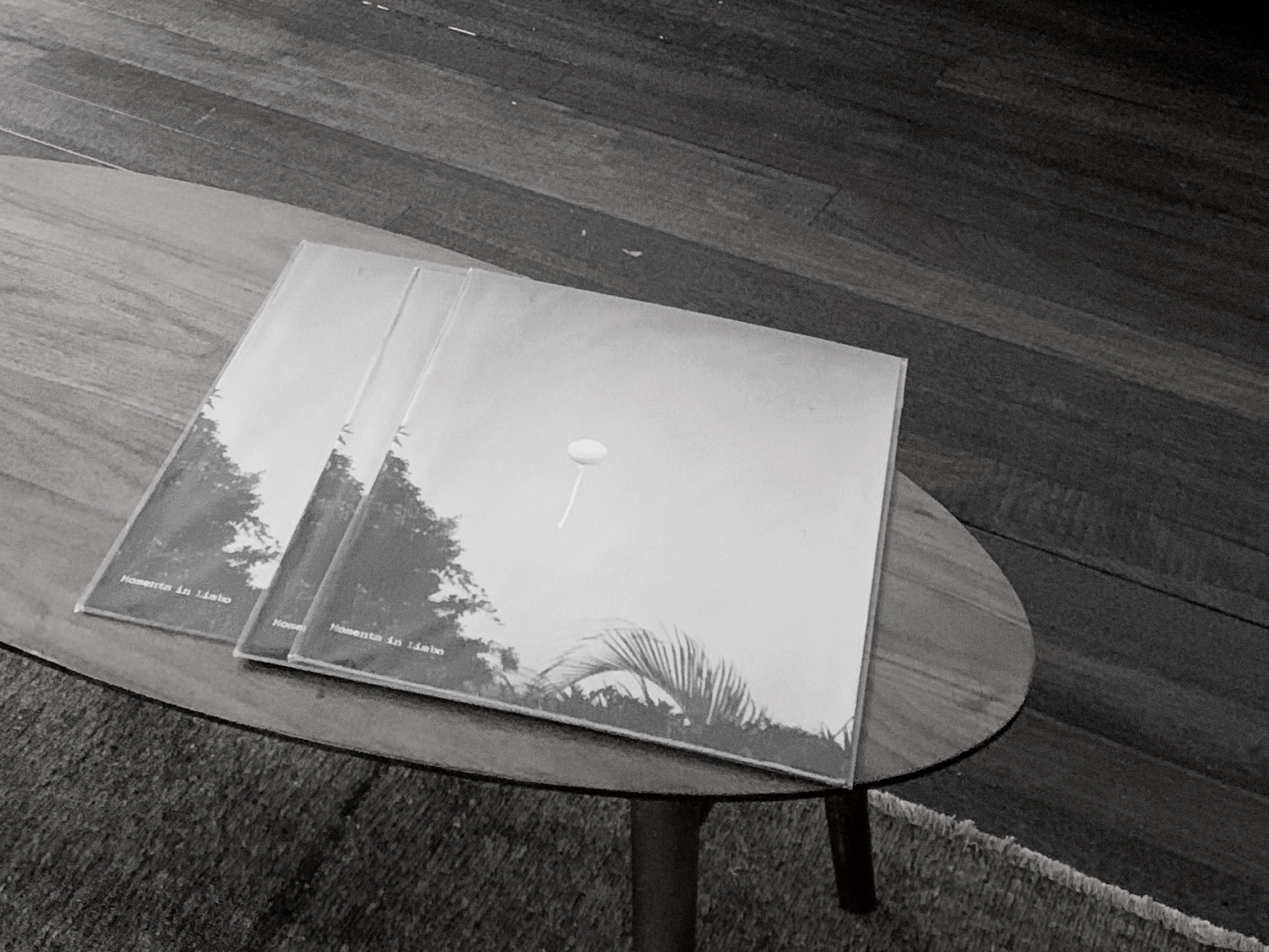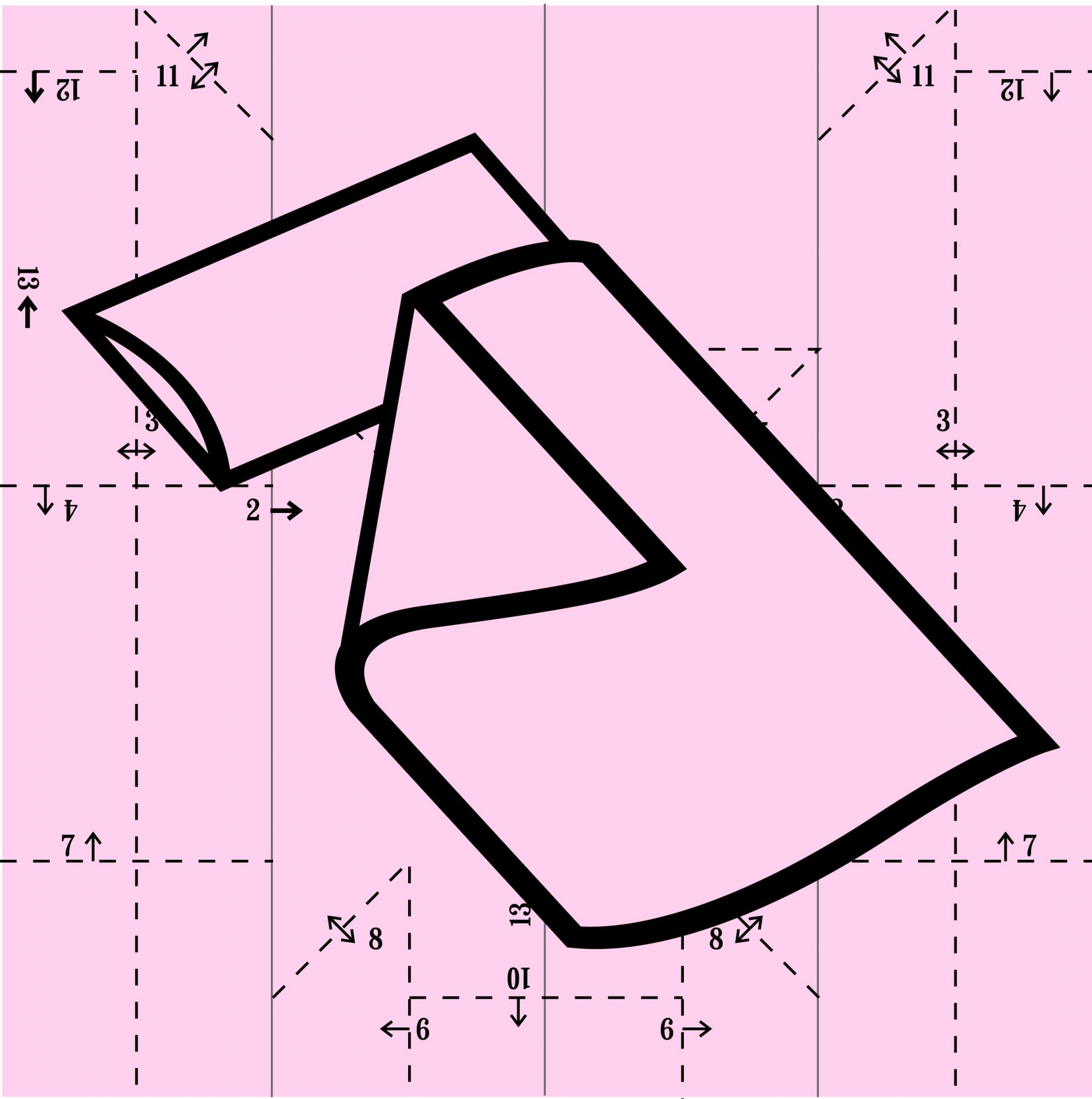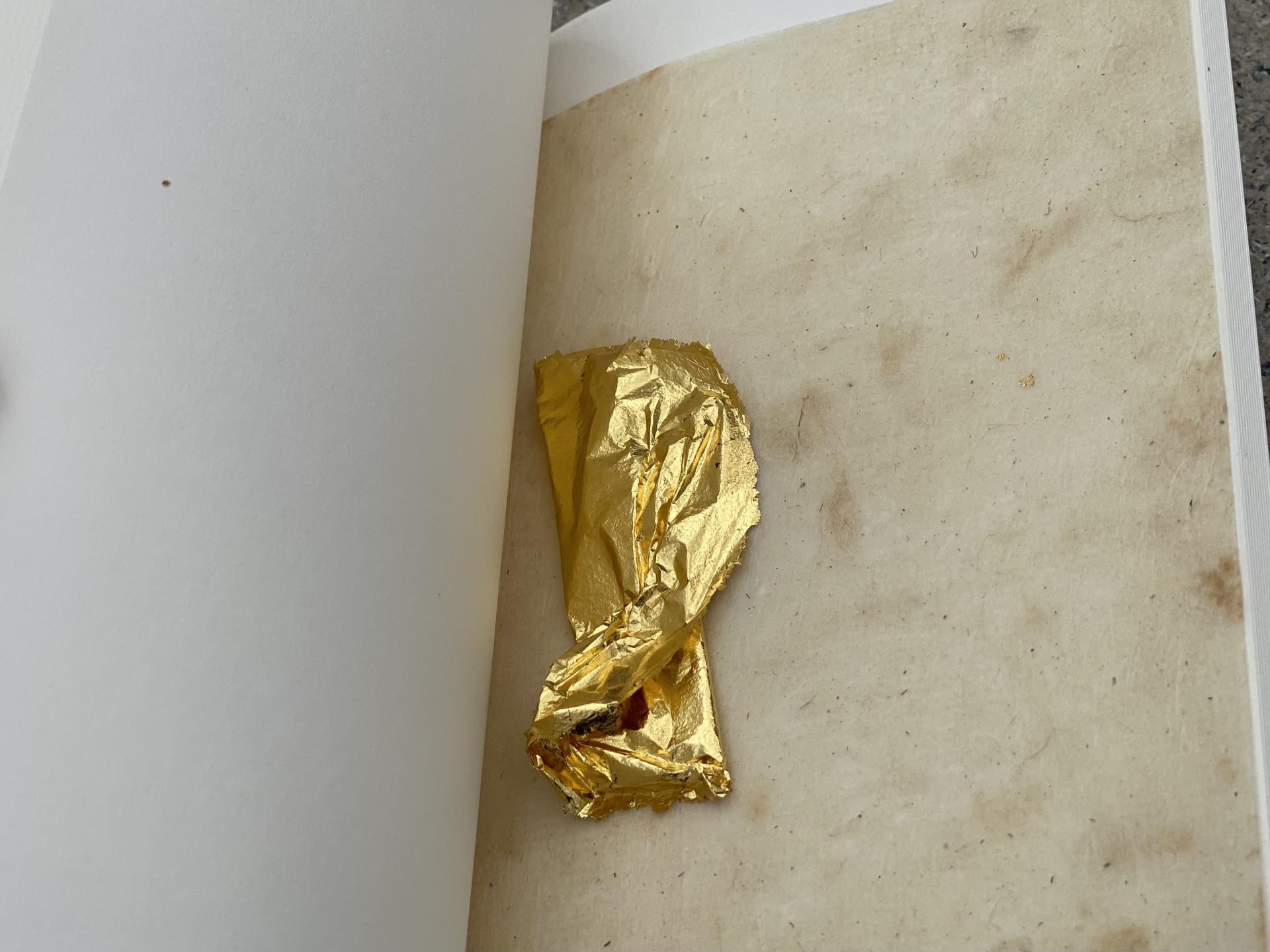"Topology in Bed" (nos:books, 2015), a palm-sized book by the Taiwanese artist Chi Tsai Ni, presents a photographic series of peculiarly arranged pillows and duvets on an otherwise empty bed. Together with the photographer Etang Chen, Chi Tsai Ni documented these unintentional temporary sculptures recreated from memory.
The story goes like this: from around 1989 to 1999, Ni's daughter would, after returning home from school, find her parents' bed strangely arranged—duvets rolled up, intertwining and overlapping with pillows in geometric or organic forms, never repeating themselves. Prodded by his daughter, Ni recalled his younger days of travelling with friends and lodging by mistake in a "love motel". There they found a pile of "blanket-mountains" intended as naughty innuendos, and that would later become Ni's inspiration to recreate this for his wife. Ni's recreations of these tongue-in-cheek sculptures, presented matter-of-factly in the book, result in an awkward, humorous, yet loving peek into the ultimate taboo—your parents' bedroom.
"Topology in Bed" was printed in 500 copies by nos:books, an independent publisher founded in Taipei in 2008 by artist Son Ni, who was later joined by Hong Kong artist Chihoi. Focusing on close collaborations with conceptual artists, they produce publications that push the physical form of the book, making each limited edition a work of art in its own right.
"Topology in Bed" was chosen by Eunice Tsang, Associate Curator of BOOKED: Hong Kong Art Book Fair. Along with the Artists' Book Library, Tai Kwun Contemporary also engages with the interstices of "art" and "publishing" through its annual art book fair, as well as a number of commissioned artists' books, special projects and public programmes.





